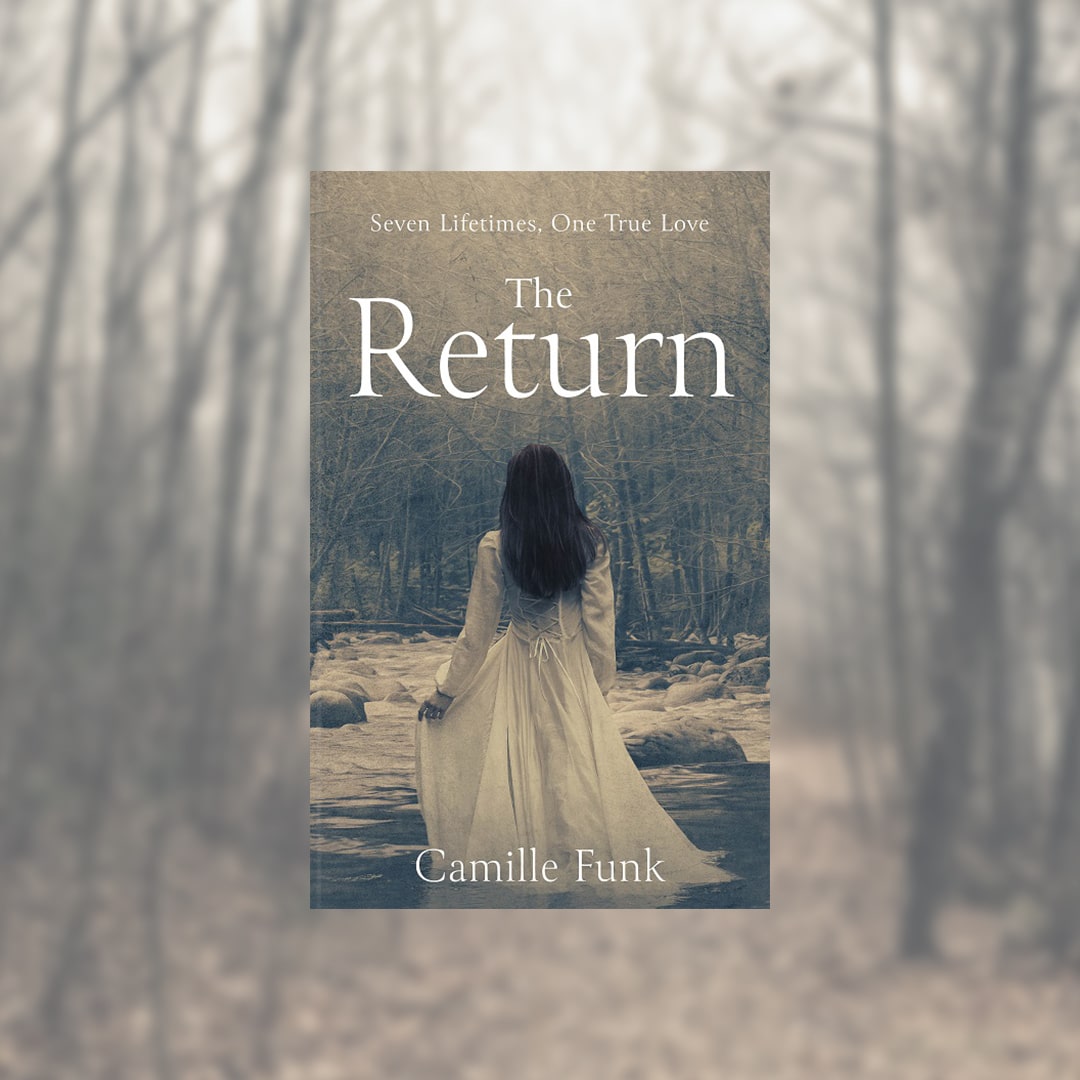|
Having created thousands of book covers for authors from all genres, backgrounds and corners of the world, you gain a great understanding of what you should ask when starting on a new cover, what details you’ll need, what you won’t and the specifics that would make creating a book cover design impossible without.
There are basic details that most authors will naturally pass on to a designer and others that maybe they’ll forget about, so, here is our list of seven of the most important things you should consider when letting your book cover design know about your book.
0 Comments
Improving your skillset when needed is a great use of your time and resources, it helps you to level up and become a more efficient and productive author/writer. But like most of us, you won’t necessarily know too many world-class experts within the industry, so enrolling in an online masterclass is the best option. And luckily enough, there are plenty of great courses for every writer to choose from. Here are our Top Five course providers that you should be aware of.
Guest Post by Alisha Haqie
A surprisingly large number of companies hire graphic designers. But for people pursuing this career, it can sometimes be hard to work out where exactly to look for work. Which types of companies are most in need of their skills? That’s the question we answer in this post. As you’ll see, there are a surprisingly diverse range of firms that want talented people to create beautiful visuals, both internally, and for customers. |
JD&JCategories
All
Archives
March 2024
All information within this website (including its blog) is published in good faith and for general information purposes only. JD&J Design LLC does not make any warranties about the reliability and accuracy of this information. Any action you take upon the information in this website is strictly at your own risk. JD&J Design LLC is not liable for any losses and/or damages in connection with the use of this site and information.
|
Services |
Support |






